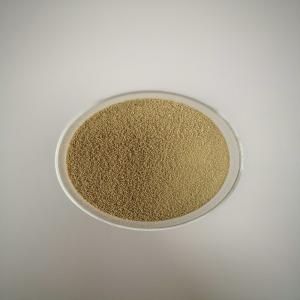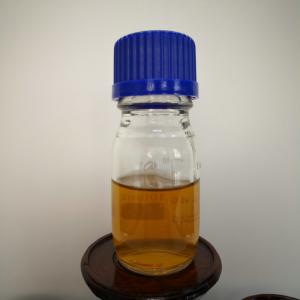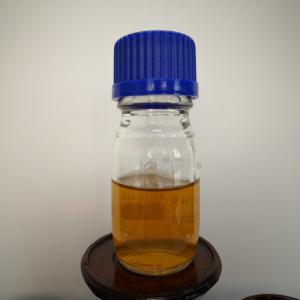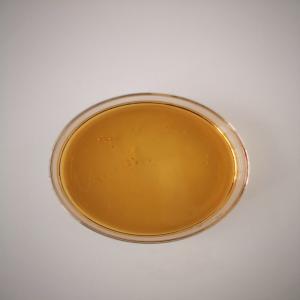Use of FAA-400 can convert liquefied starch slurry to maltose syrups in a highly efficient way.This enzyme is applicalbe to starch liquefaction and saccharification in grain processing, incl. Maltose and high maltose production.
Description
Fungal Alpha-Amylase FAA-400 is made from Aspergillus oryzae var. through submerged fermentation, extration and refining technique. This enzyme can be used for starch liquefaction and also saccharification to produce maltose and glucose. It is an endoamylase which can rapidly hydrolyze the interior alpha-1, 4 glucosidic linkages of gelatinized starch, amylose and amylopectin solution and produce soluble dextrins and a small quantity of glucose and maltose. It can also produce syrups of high maltose and a small quantity of glucose if the reaction lasts for longer time.
Product characteristics
Declared Enzyme | Fungal Alpha-Amylase |
Systematic Name |
EC 3.2.1.1, 1, 4-alpha-D-Glucan glucanohydrolase |
Activity | 28,000 U/ml (minimum) |
Appearance | Light to dark brown liquid |
Product pH | 5.5 to 7.0 |
Specific gravity | 1.15 to 1.25 g/ml |
Effect of pH
The optimum pH range of FAA-400 is 4.8 to 5.4. Starch can be effectively hydrolyzed at pH range from 4.0 to 6.6. If the stability of enzyme is emphasized, the reaction should be conducted at pH above 5.5. If the reaction rate is emphasized, the pH should be below 5.5.
Effect of temperature
Optimum temperature range of FAA-400 is 45 to 55° C, its effective temperature range is 45 to 65° C. Optimum temperature of this product is 50° C. It can efficiently hydrolyze starch at a temperature range from 45 to 55° C. If the content of starch is higher, the reaction temperature can be raised to 65° C. The optimum temperature range is affected by pH, within 45 to 65° C.
Inactivation
Inactivation can be achieved by raising the temperature to 90~100° C and maintaining for approximately 5 to 10 minutes. If the content of starch is higher, this product can be inactivated by keeping the temperature at 80° C for about 30 minutes, or 70° C for about 60 minutes. If inactivation by high temperature is not preferred, another option of inactivation is to decrease the pH to 4.0 and below. Inactivation can also be realized by adjusting pH and temperature at the same time.
Inhibitors
FAA-400 can be inhibited by several heavy metal ions. Copper and lead ions are strong inhibitors. Inhibitive effects can also be achieved if the content of zinc, nickel and iron ions are high.
Substrate
FAA-400 is applicable for saccharification of corn, potato, tapioca, wheat, soyabean and starches from other resources. It can hydrolyze effectively if the content of starch is no more than 50% on dry solid base (DSB).
Usage Guidelines
In general, the dosage depends on the desired maltose content in the final syrup and the saccharification time. Typical dosage of FAA-400 is from 0.1 to 0.5kg/TDS.
Storage
FAA-400 will meet the declared enzyme activity upon arrival at the customer's plant. FAA-400 should be stored at cool temperatures in its closed original container, sheltered from direct sunlight. For maximum stability, this enzyme should be stored below 20° C, preferably refrigerated at 5° C for long-term storage. FAA-400 has been manufactured for optimum stability. Extended storage and/or adverse conditions such as higher temperatures or increased humidity may lead to a higher dosage requirement.
Safety & Enzyme handling
Inhalation of enzyme dust and mists should be avoided. In case of contact with the skin or eyes, promptly rinse with water for at least 15 minutes. For detailed handling information, please refer to the appropriate Material Safety Data Sheet.

 China
China



